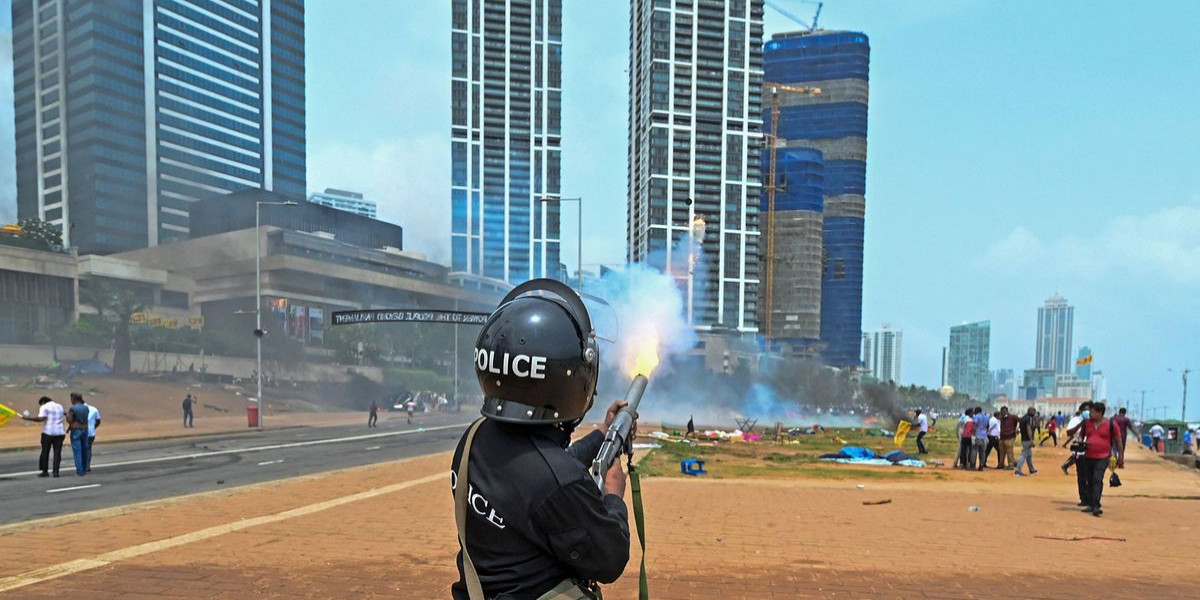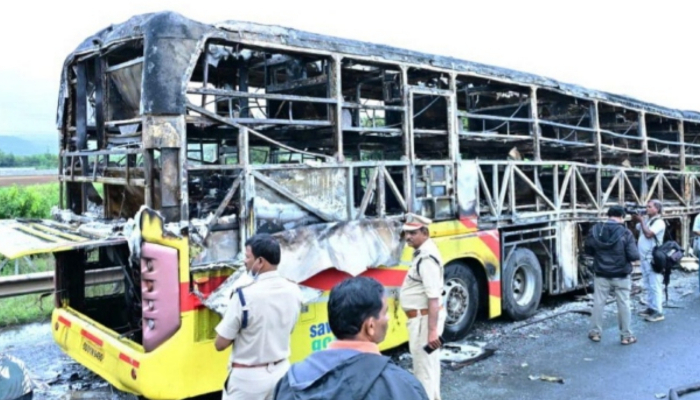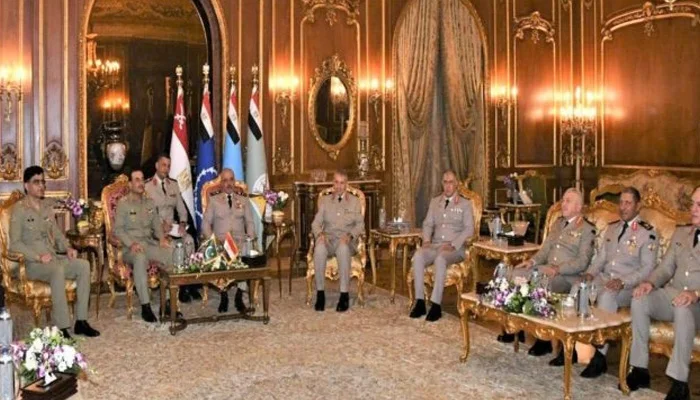After five people were killed in the deadliest violence in weeks of protests over an unprecedented economic crisis, Sri Lanka deployed hundreds of army and police on Tuesday to enforce a curfew.
Nearly 200 people were also injured on Monday, when Prime Minister Mahinda Rajapaksa resigned, although this did nothing to quell popular outrage.
The military had to rescue him in the early hours of Tuesday after hundreds of anti-government protestors besieged his official house in Colombo overnight, with police firing tear gas and warning bullets to keep the throng at bay.
“The former Prime Minister and his family were evacuated to safety by the army in a pre-dawn operation,” a top security official told AFP. “At least ten petrol bombs were detonated in the complex.”
The Rajapaksa family’s grip on power has been weakened by months of blackouts and shortages in Sri Lanka, the country’s worst economic crisis since independence in 1948.
President Gotabaya Rajapaksa, on the other hand, retains broad authority and leadership of the security forces.
After weeks of mostly peaceful anti-government protests, Mahinda Rajapaksa loyalists bused into the city from the countryside assaulted demonstrators with sticks and clubs on Monday.
“We were attacked, the media was hit, ladies and children were hit,” one witness told AFP on condition of anonymity.
To disperse protesters, police used tear gas and water cannons and announced an instant curfew in Colombo, a move that was eventually expanded to encompass the whole 22 million-person South Asian nation.
The curfew will be lifted Wednesday morning, according to authorities, with government and private offices, as well as stores and schools, instructed to remain closed on Tuesday.
US Ambassador Julie Chung denounced “violence against peaceful demonstrators” and urged the Sri Lankan “government to conduct a complete inquiry, including the arrest and punishment of anybody who incited violence.”
-Shot dead –
Despite the curfew, anti-government protestors disobeyed police and attacked regime supporters late Monday night.
According to authorities, outside Colombo, governing party lawmaker Amarakeerthi Athukorala shot two persons, killing a 27-year-old male, after being besieged by a throng of anti-government demonstrators.
“He then killed himself with his handgun,” a police officer told AFP via phone.
According to authorities, Athukorala’s security was also discovered deceased at the site.
Another governing party official, who was not identified, opened fire on protestors in the deep south of the island, killing two and injuring five, according to authorities.
Angry mobs set fire to the residences of some pro-Rajapaksa lawmakers, as well as several cars, while buses and trucks used by government supporters in and around Colombo were also targeted.
Several Rajapaksa residences were set on fire in various areas of the nation, and a family museum in their ancestral village was destroyed.
Doctors at the flagship Colombo National Hospital stepped in to help injured government supporters, with troops breaking the closed gates to bring them in.
“They may be murderers, but they are patients who must be treated first,” a doctor said at a throng blocking the emergency unit’s entrance.
– Unity government –
Mahinda Rajapaksa, 76, announced his resignation to allow for the formation of a unity administration.
However, it remained uncertain if the opposition would join any unity government, having previously refused to rule with any members of the Rajapaksa family.
Even with a new unity government, the president will have the right to nominate and remove ministers as well as judges, and will be immune from prosecution under Sri Lanka’s democratic system.
“Unless President Rajapaksa steps down, no one will be satisfied, whether the people in the streets or crucial political stakeholders,” Wilson Center analyst Michael Kugelman told AFP.
The demonstrations erupted when the coronavirus epidemic decimated the island’s critical tourist and remittance income, depriving the nation of foreign money required to pay off its debt.
As a result, the government was compelled to restrict several imports, resulting in acute shortages, inflation, and extended power outages.
Sri Lanka declared its default on its $51 billion foreign debt in April.
According to Akhil Bery of the Asia Society Policy Institute, it is unclear what President Rajapaksa’s next action would be in the face of the demonstrations.
Aside from retiring like his brother, he may create a caretaker administration, use the military and police to quell the rallies, or wait for them to “die down organically,” Bery told AFP.
But, regardless of what occurs, the new administration would have to make “unpopular decisions” to fix the economy, he warned.
Any IMF rescue, which is now being negotiated, would result in “more taxes and less government spending, which is a politically combustible combination,” he warned.
[embedpost slug=”/residents-in-russian-occupied-kherson-our-children-are-all-at-war/”]

















